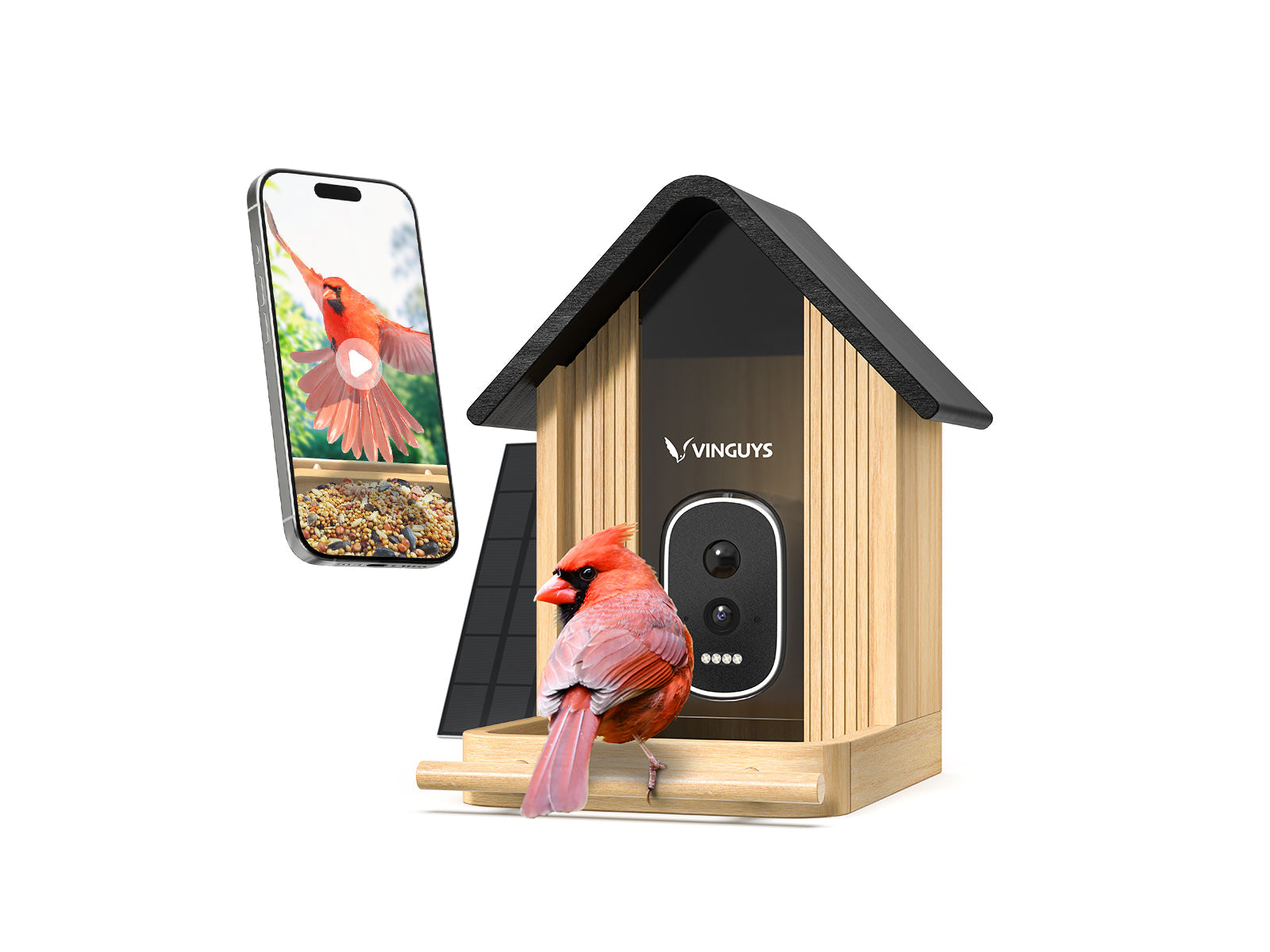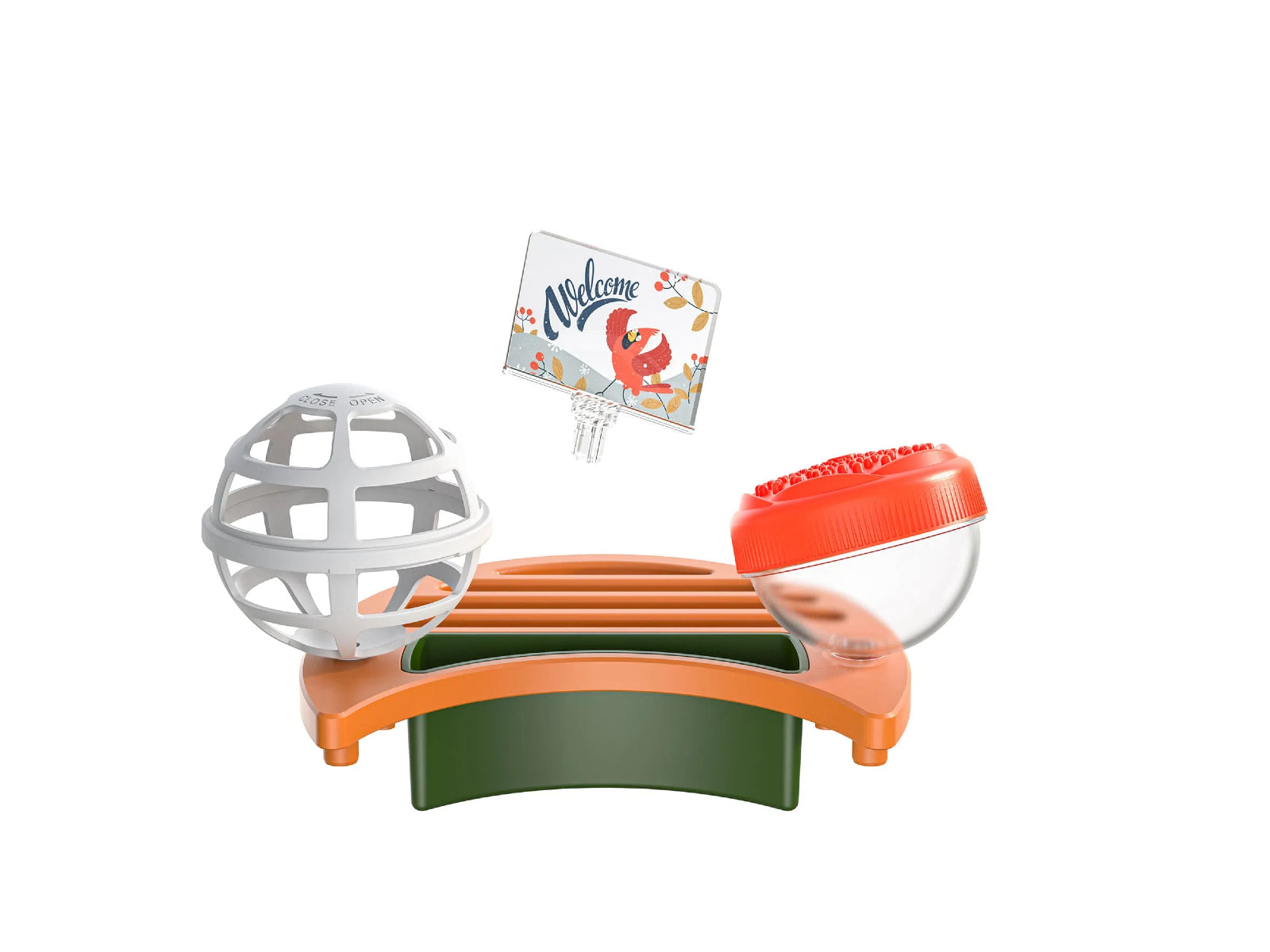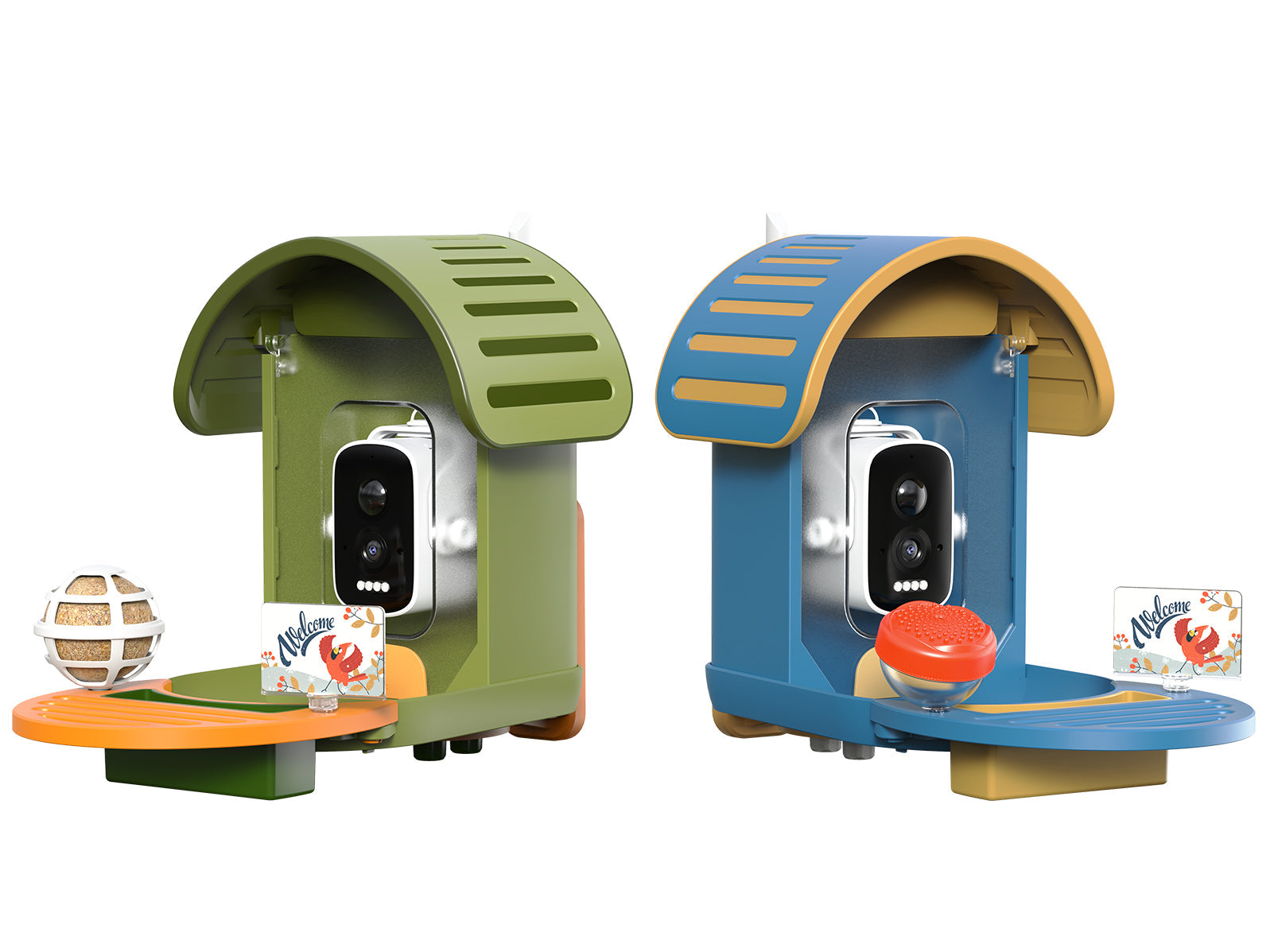

How to Identify the Birds Visiting Your Backyard This Winter
(Even if you’re just getting started!)
Have you ever spotted a bird at your feeder and wished you knew its name?
You’re not alone — many bird lovers feel the same, especially during winter when new and migrating visitors arrive. The good news? Identifying birds isn’t as hard as it seems — and with a little practice (and the right tools), you’ll soon recognize your feathered guests by sight and sound.
🌿 Why It’s Worth Identifying Birds
Sure, you can enjoy birds without knowing their names — but the moment you do learn who’s visiting, everything changes.
You start to notice patterns: who visits in pairs, who sings at sunrise, who disappears when the temperature drops.
It’s not just about naming birds — it’s about understanding them.
Each identification deepens your connection with nature, turning a simple backyard into your personal bird world.
🔍 5 Steps to Identify Birds Like a Pro
1️⃣ Look at the Size and Shape
Is your visitor tiny and delicate like a chickadee, or larger and rounder like a dove?
Comparing it with a bird you already know helps narrow it down fast.
2️⃣ Notice the Color and Markings
Look closely — does it have a red crest, yellow belly, or dark mask?
Those small color details are often the biggest clues.
3️⃣ Observe Its Behavior
Does it hover before landing? Peck and leave quickly? Or stay and guard the feeder?
Behavior often reveals personality — and species!
4️⃣ Consider the Season and Location
Winter brings many migratory visitors.
For example, juncos and sparrows are common winter guests across North America.
Knowing which birds appear in which seasons helps rule out unlikely species.
5️⃣ Let Smart Tools Help You
Sometimes, you just can’t tell. That’s when a little tech magic helps.
With the Vinguys V-feeder, every bird that visits is automatically captured, recognized, and saved in your app — complete with species name, visit time, and video record.
It’s like having a built-in bird encyclopedia in your backyard!
⚠️ Common Mistakes Beginners Make
-
Same bird, different look:
Many birds change plumage in winter — so your “new bird” might actually be an old friend in new feathers! -
Young birds confuse easily:
Juveniles often look duller or scruffier than adults, especially right after leaving the nest. -
Overthinking rarity:
If you think you’ve found a rare bird… you probably haven’t! Most visitors are familiar species in slightly unusual light or posture.
🧡 Why It’s More Than Just Identification
Watching and identifying birds isn’t about collecting names — it’s about connection.
Each time you recognize a bird, you’re not just identifying a species; you’re noticing life, rhythm, and beauty right outside your window.
For many of our users, that moment — when they see their parents or kids smiling at a newly recognized bird — becomes one of the most heartwarming parts of their day.
💬 Join the Conversation
Want to know what birds others are spotting this winter?
Join the Vinguys Facebook community and share your feeder moments — our team and fellow bird enthusiasts are always ready to help you ID a mystery guest.
Or simply sit back and let your Vinguys V-feeder capture every feathered moment — so you’ll never miss another visitor again.
🕊️ In short:
Learn the basics → observe → use smart tools → share your joy.
That’s the secret to turning backyard birdwatching into a lifelong passion.






